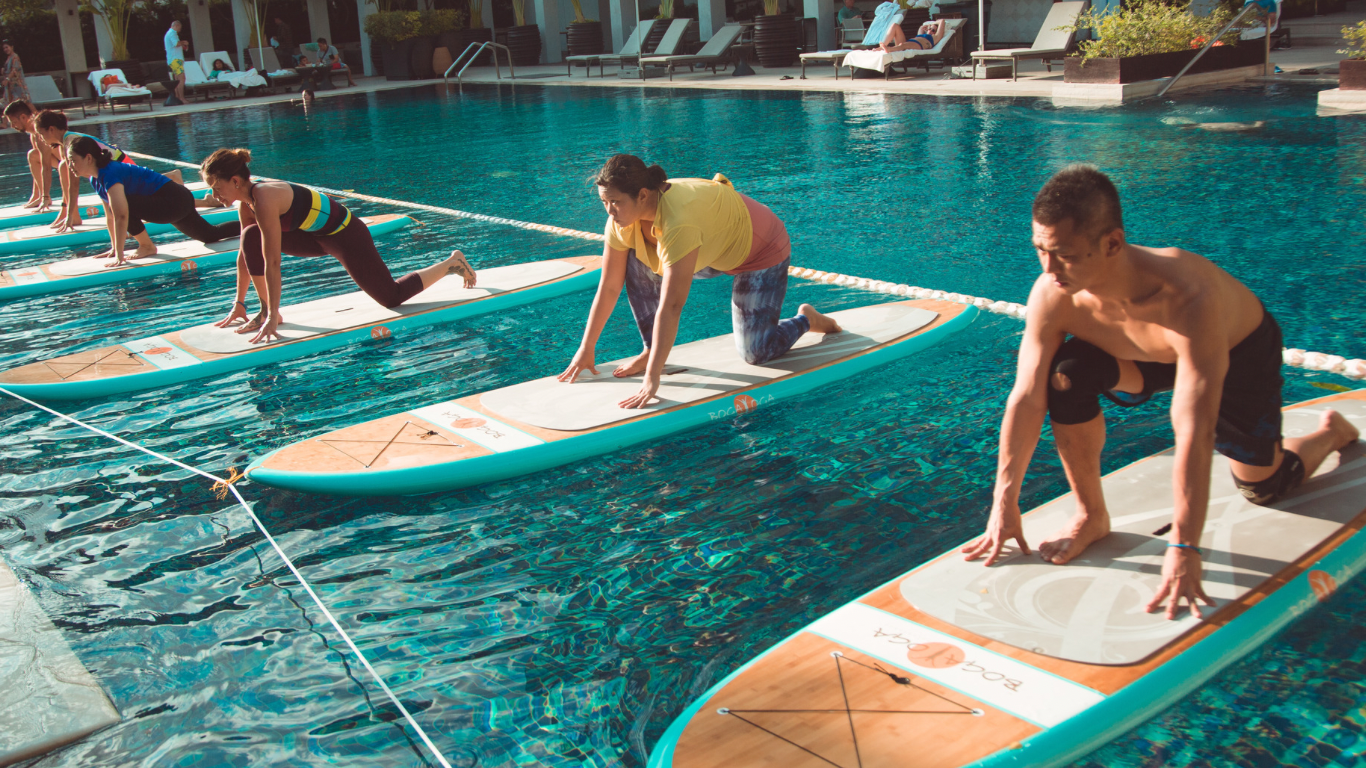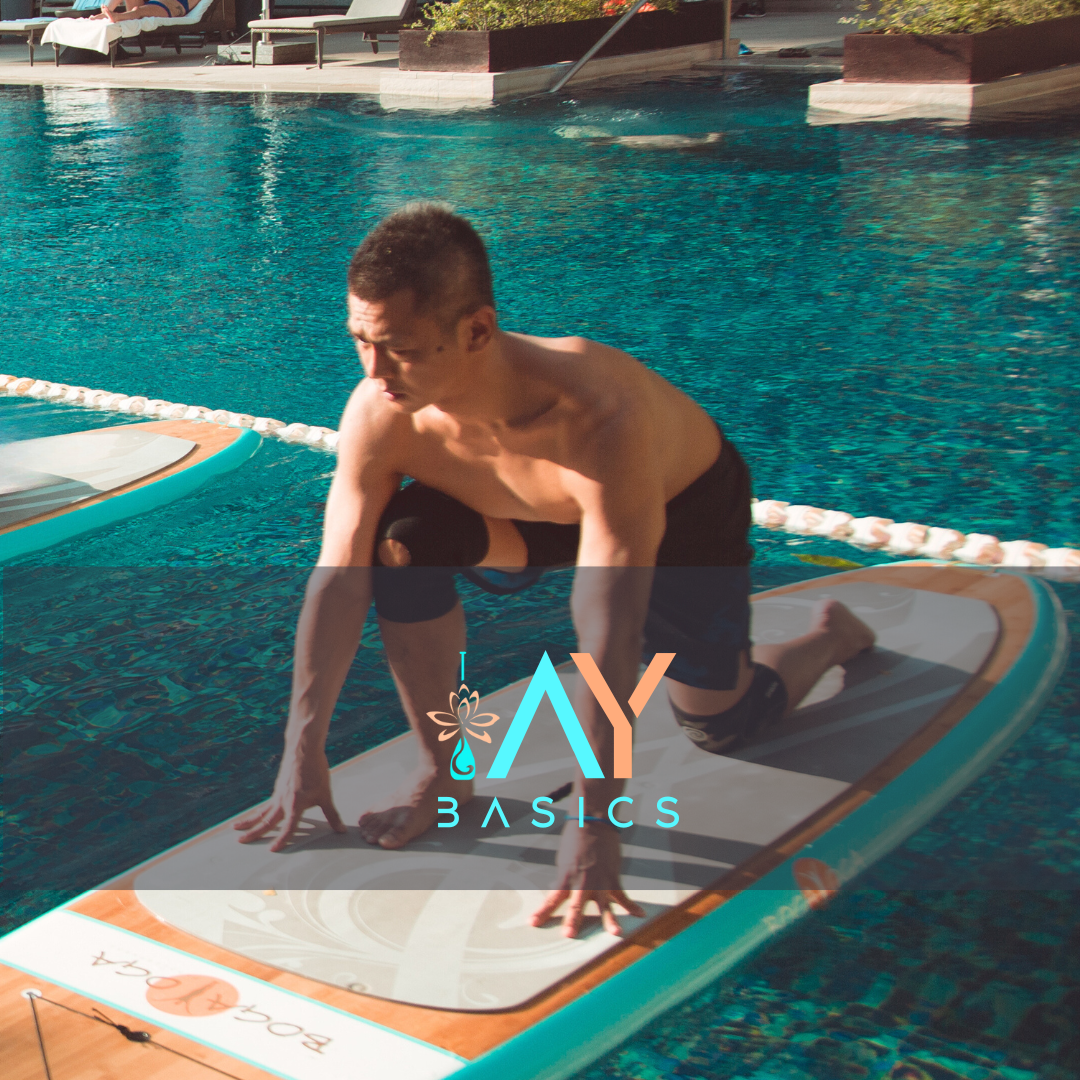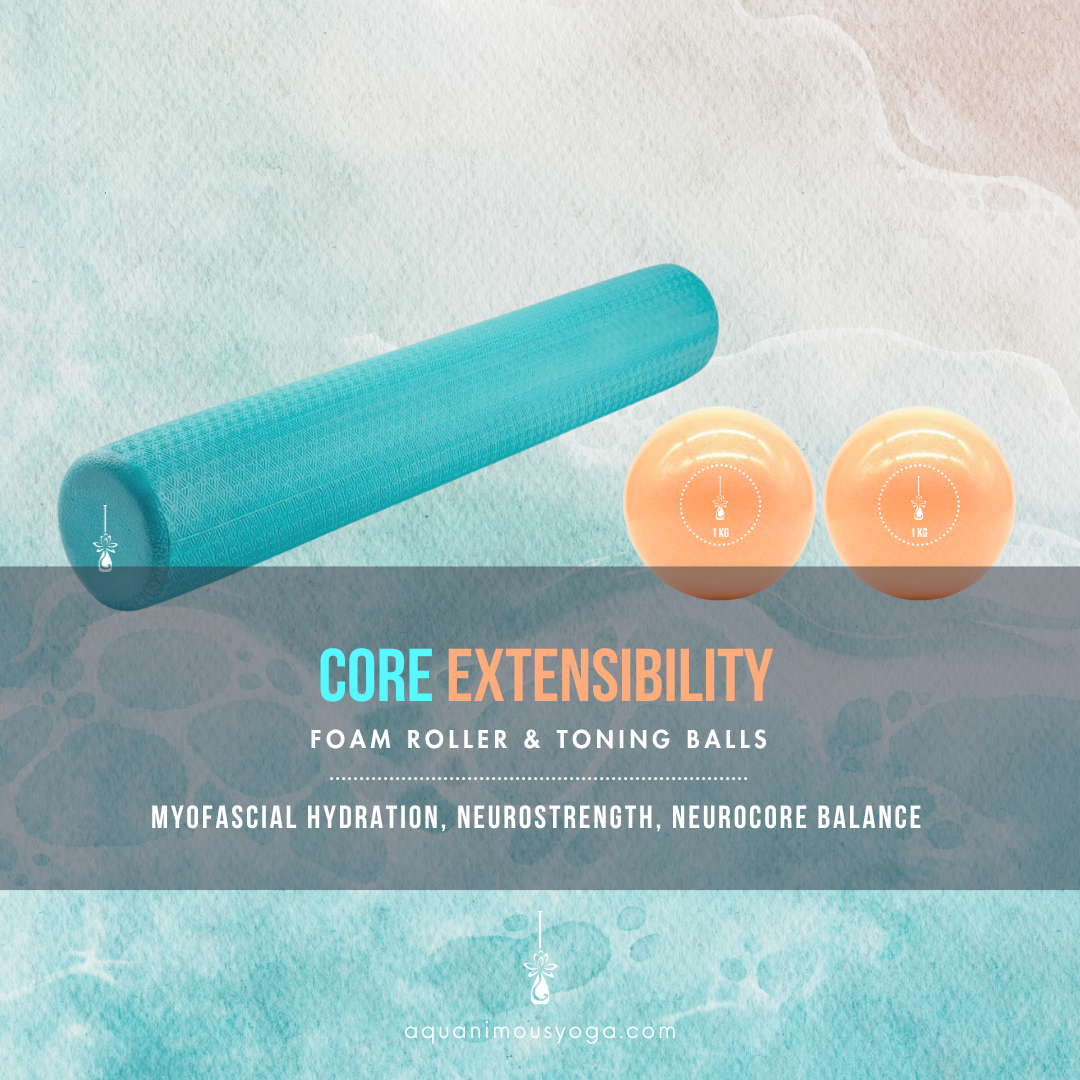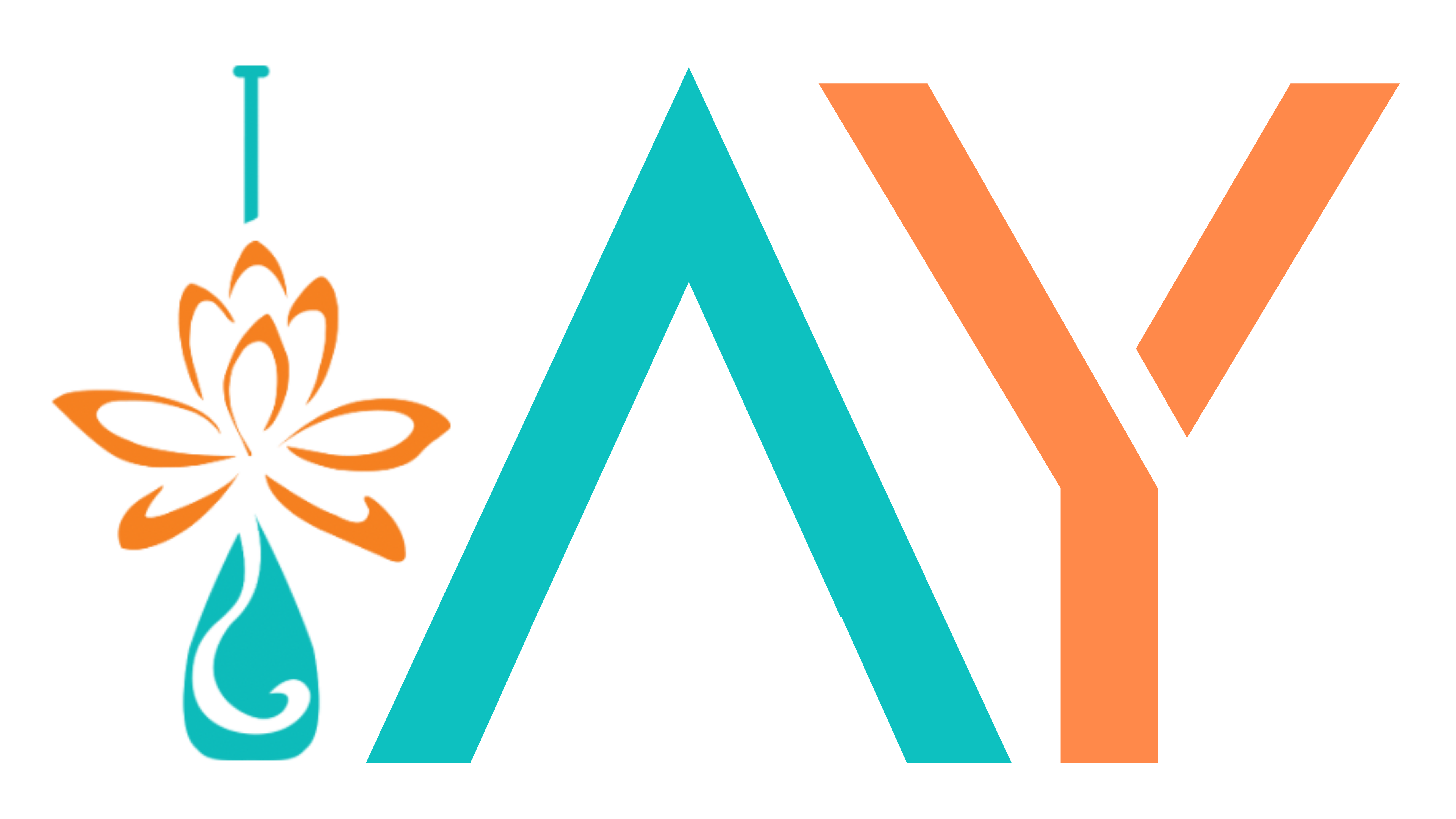
BEGINNER SERIES
Why is there a need for corrective movement? It really boils down to one key reason: HABITS—usually the result of daily routine, injury, or emotional trauma—and its role in the development of non-optimal posture and movement.
We all house a collection of compensations in our bodies and these compensations influence our movements. The way we move on the SUP reveals the strategies we use to stabilize our core in everyday tasks. In AY Basics, we help you identify your current non-optimal habits that are contributing to your physical compensations and how they impact your movements.
From this information, we help you develop more optimal habits and incorporate these changes into fundamental movement patterns.
There are three distinct phases in AY Basics:
1. Release
2. Activation
3. Integration
Your own personal experience holds the key for unlocking a neutral body and an equanimous mind as you pass through personal patterning.
AY Basics focuses on structural core awareness and exploration so you may discover that you can operate from a place of deep strength and soft power. This forms the basis for spontaneous expression and an alternative way of being, with the intention to draw out a deeper experience by enhancing your ability to ‘go into yourself’ and to use this as a primary foundation for your AY Practice.


PHASE 1: RELEASE
The first phase of AY Basics is to release the region in which you have restrictions that are preventing you from accessing the ideal muscles and/or movement patterns. Tightness, in this case, is a neurological issue that can only be balanced by re-education. Here, we will guide you through some of the most important somatic movement techniques that we employ in Aquanimous Yoga to re-educate your nervous system and release chronic muscle tension as well as deeply learned movement patterns that could damage your body and cause pain.
PHASE 2: ACTIVATION
In this phase, we focus on the development of an optimal core stabilization strategy. This is derived from our abilty to align the diaphragms, perform optimal breathing, and coordinate respiration with activation of the deep myofascial system. When we develop an optimal core stabilization strategy, we can maintain our posture and move with greater ease, and there is less likelihood of developing the compensatory strategies that lead to tightness, dysfunction, and eventually pain.
PHASE 3: INTEGRATION
